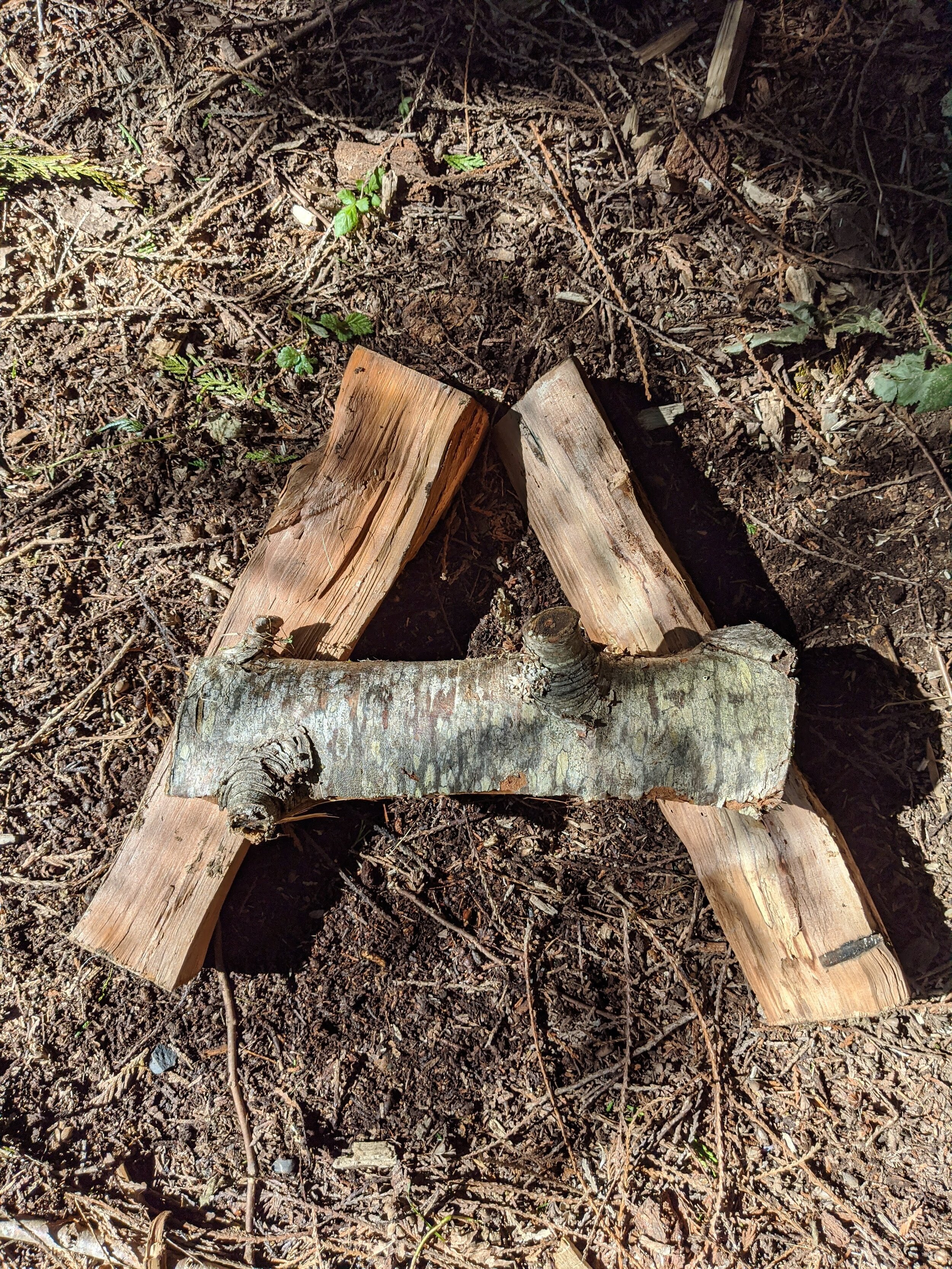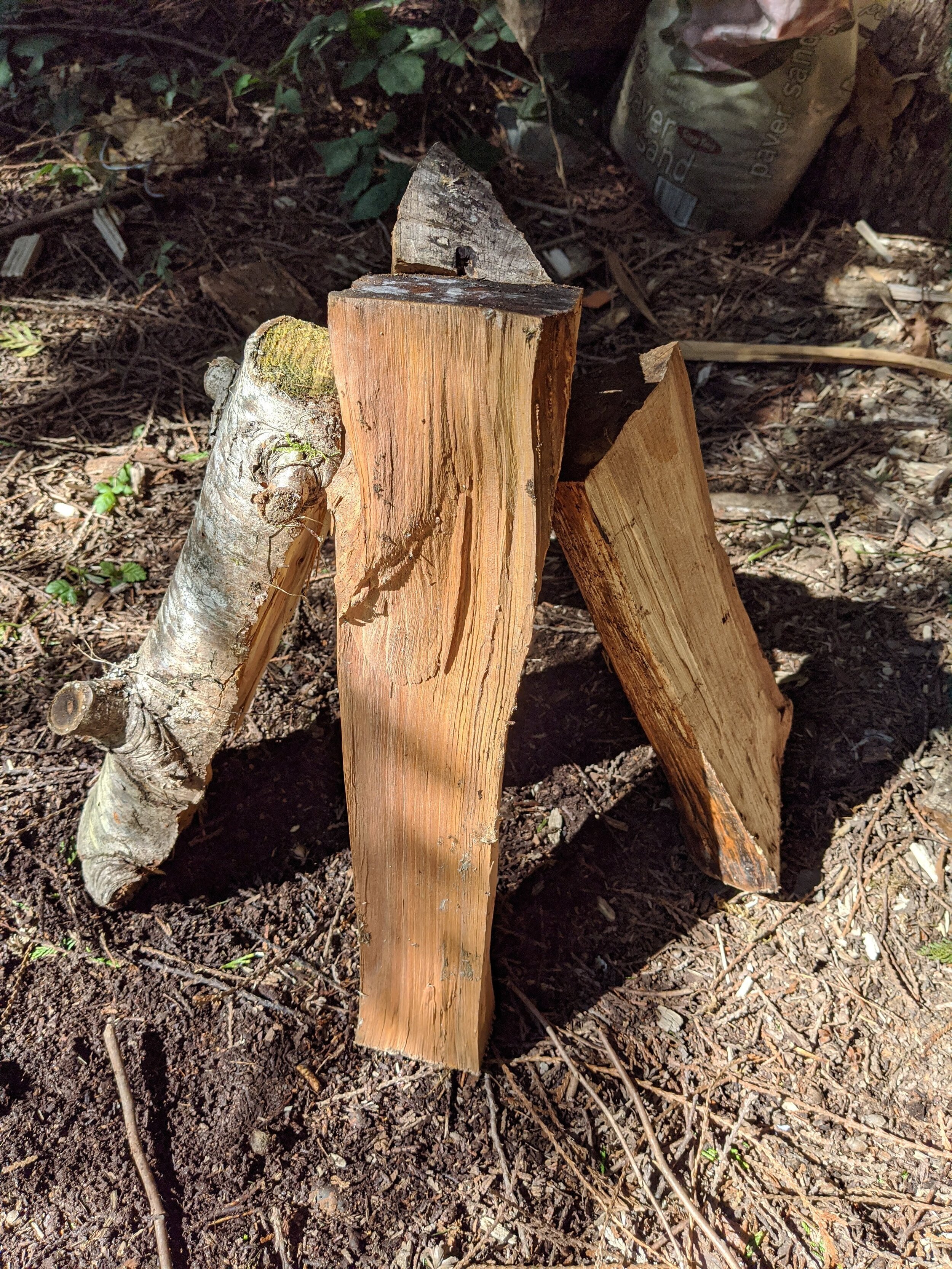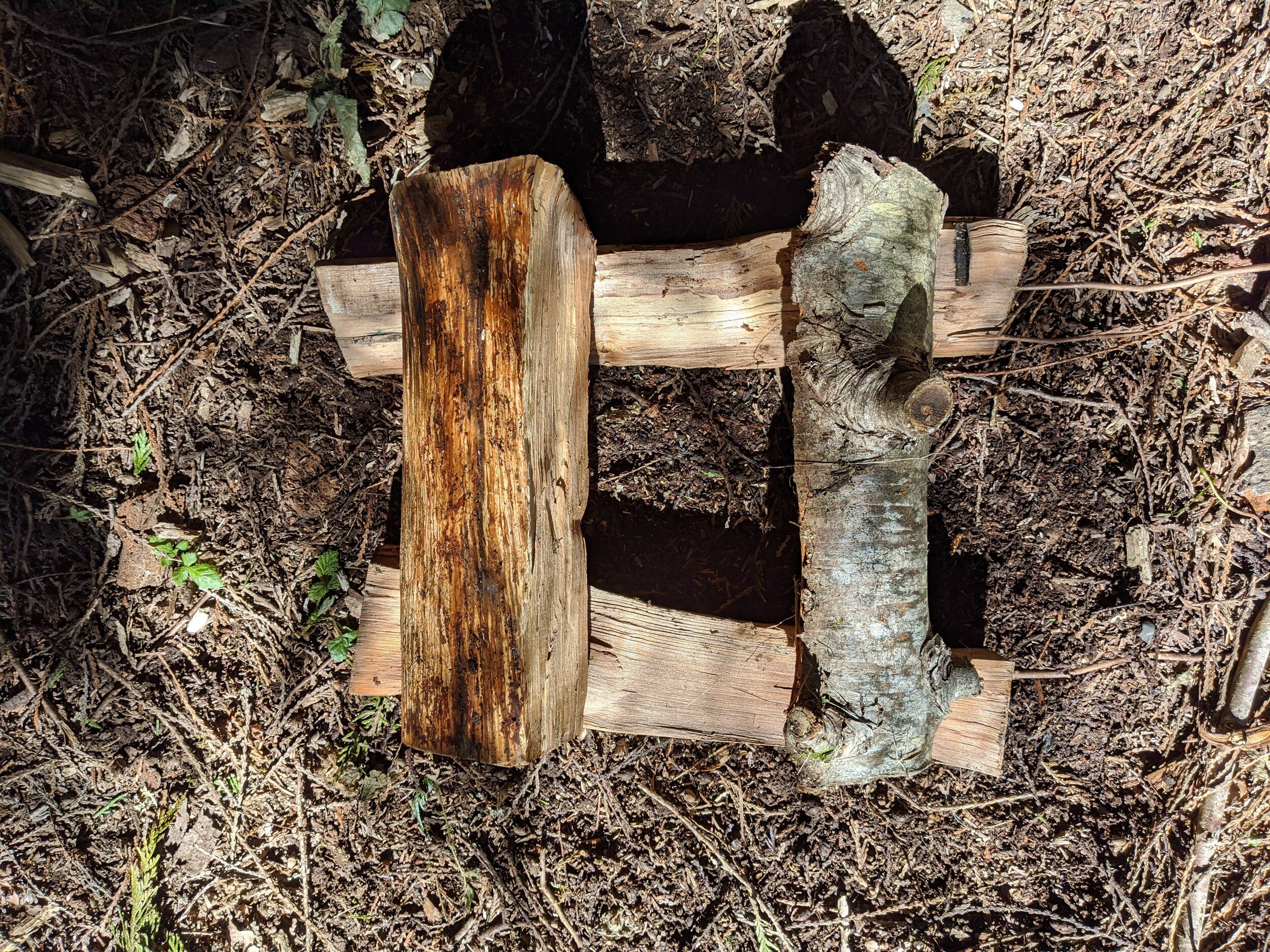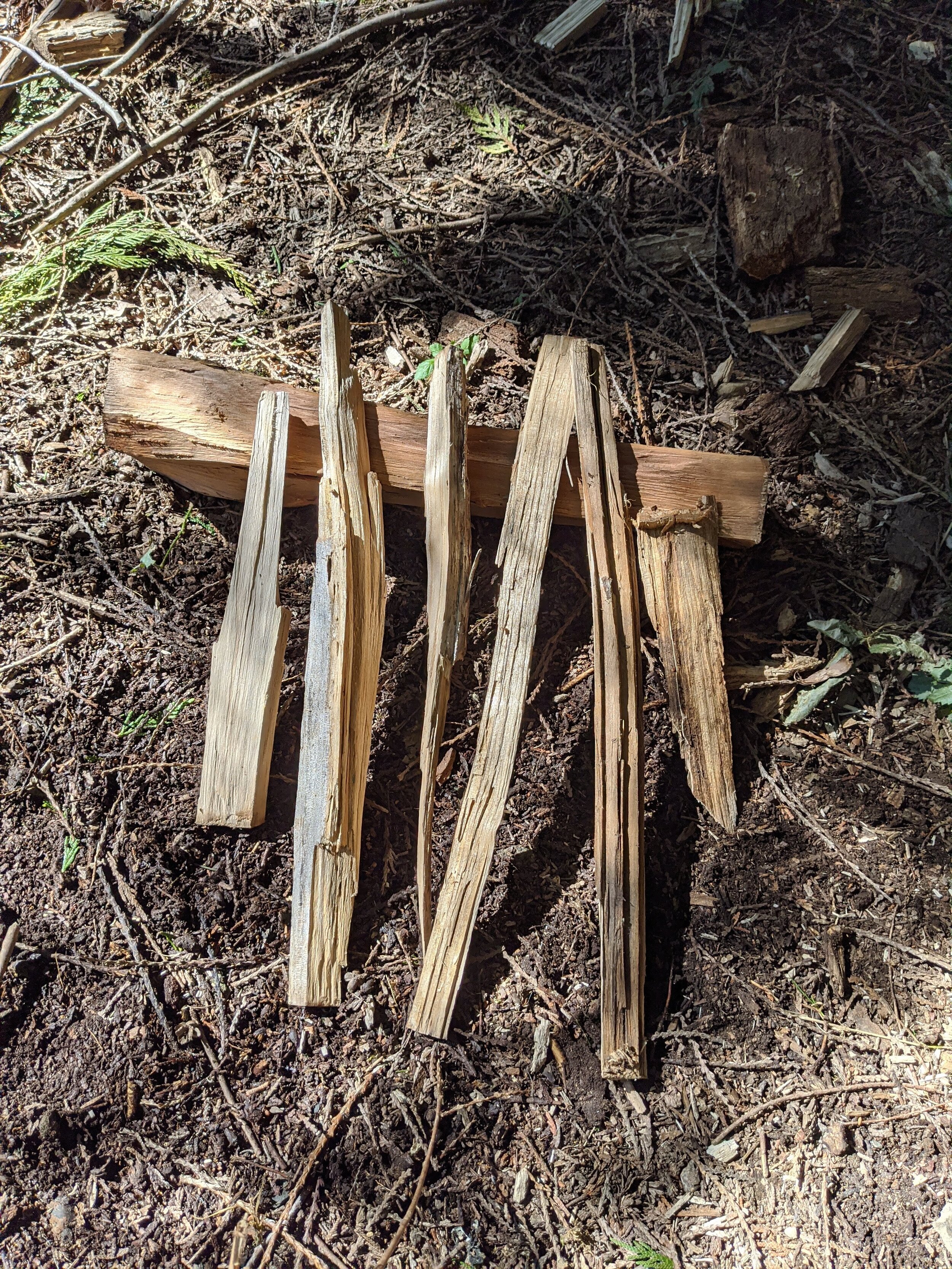Fire Building
/Building a fire can serve many purposes. It is good for cooking, providing warmth, and for sitting around with friends and family singing and telling stories. I also find building a fire can be a rewarding and relaxing experience. If you are thinking about making a fire, you first have to follow some steps to make sure you do so responsibly because as fun as it is to have a fire going, it can also be dangerous if not done properly.
Check with the local fire authorities to make sure burning is allowed. This is especially important for outdoor fires. Also, check that is it not going to be a windy day so sparks do not fly far. (For folks on the Key Penninsula, check here: https://www.keypeninsulafire.org/)
Check with your supervising adult to make sure they will be able to help you watch the fire.
Make sure you are following Leave No Trace Principle #5 to Minimize Campfire Impacts: Make sure you start the fire in a safe designated ring or pit, keep the fire small, burn the wood until it is all coals and ash, make sure the fire is all the way out when finished
Wear proper clothing without anything dangling (like jacket strings) and pull long hair back. Closed toes shoes should always be worn around an outside fire.
Make sure at least a bucket of water is in quick access for if your fire becomes larger than you want.
Once you have done all five of these things, you can start gathering what you need to start your fire. Fires need three things to start: Oxygen, Fuel, and a source of Heat (such as a spark or fire from a match). The great thing about this is you can practice your fire building techniques without actually starting a fire if you leave out the source of heat and just practice with the fuel, setting it up to make sure it would have a good flow of oxygen.
For the fuel you will need to gather three types: Tinder (not the app), Kindling, and Fuel Logs. All of this fuel must by dry and safe to burn. I like to remember the sizes of tinder and kindling by saying “tiny tinder” and “kid-sided kindling”. The tiny tinder are small sticks no thicker than a pencil tip and about the size of your hand. This is what you want to catch first and then light your kindling. Fire starters also count as tinder. Paper can be used as well, however paper creates more flying ashes which can be dangerous. It is always best to have more tinder than you think you will need.
Kid-size kindling should be about the thickness of your thumb and about the length of your finger tip to elbow. The job of kindling is to light the fuel logs so you will want a lot of this so you can keep feeding it to the fire until the logs catch.
Lastly are the fuel logs. If you plan to just practice your fire building skills and you do not want to keep the fire going for a long time, you do not need these. However, if you are setting a fire to keep it going for heat or cooking you will want logs that will keep burning for a while. The size of you logs will depend on the space you have for your fire and what your goal is for the fire.
Once you have all of your materials, you can start building. Start with a clear fire ring, free of most ashes from previous fires. Then put a small, loose pile of your tinder. Around this pile you can set your kindling. There are many shapes that work to start a fire. Remember to leave space for good airflow, as oxygen is one of the key ingredients for the fire. My favorite shape is the “A-frame” which looks just like a capital “A” with the pile of tinder in the middle. Other options are a “Teepee,” a “Log Cabin,” or a “Lean to.” Below are pictures of each type. I demonstrated them with logs but you can start these shapes with the kindling. Try them all! This is something you can try without even lighting a fire.
Once you have your structure set, you can add the heat. There are many ways to do this as well: Flint and steel, wooden matches, gas match/long lighter, etc. Make sure an adult is supervising you for this step! Once your fire is lit, keep carefully adding tinder until the kindling catches. Then keep adding kindling until the logs catch. Make sure to keep allowing airflow to the fire so it gets the oxygen it needs. You can carefully blow on the fire to add airflow. When you do this, blow at the base of the fire gently so you don’t blow it out. Watch the fire the whole time it is burning.
When it is time to put your fire out, add water to it. This cools the fire and blocks the oxygen from the fuel. Make sure your fire is all the way out before leaving the area. Ask an adult how they would like you to clean up after the fire is out. This might involve returning any unused wood fuel and cleaning up the ashes once the are fully cool.











